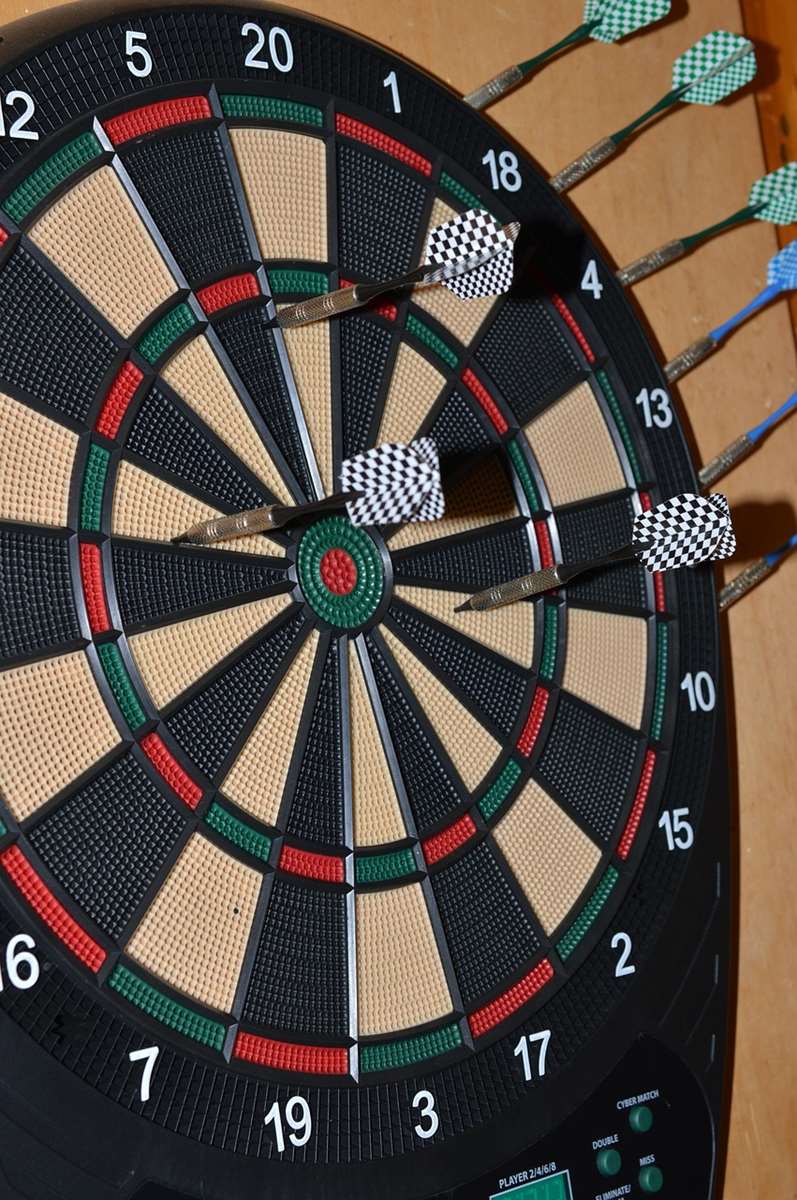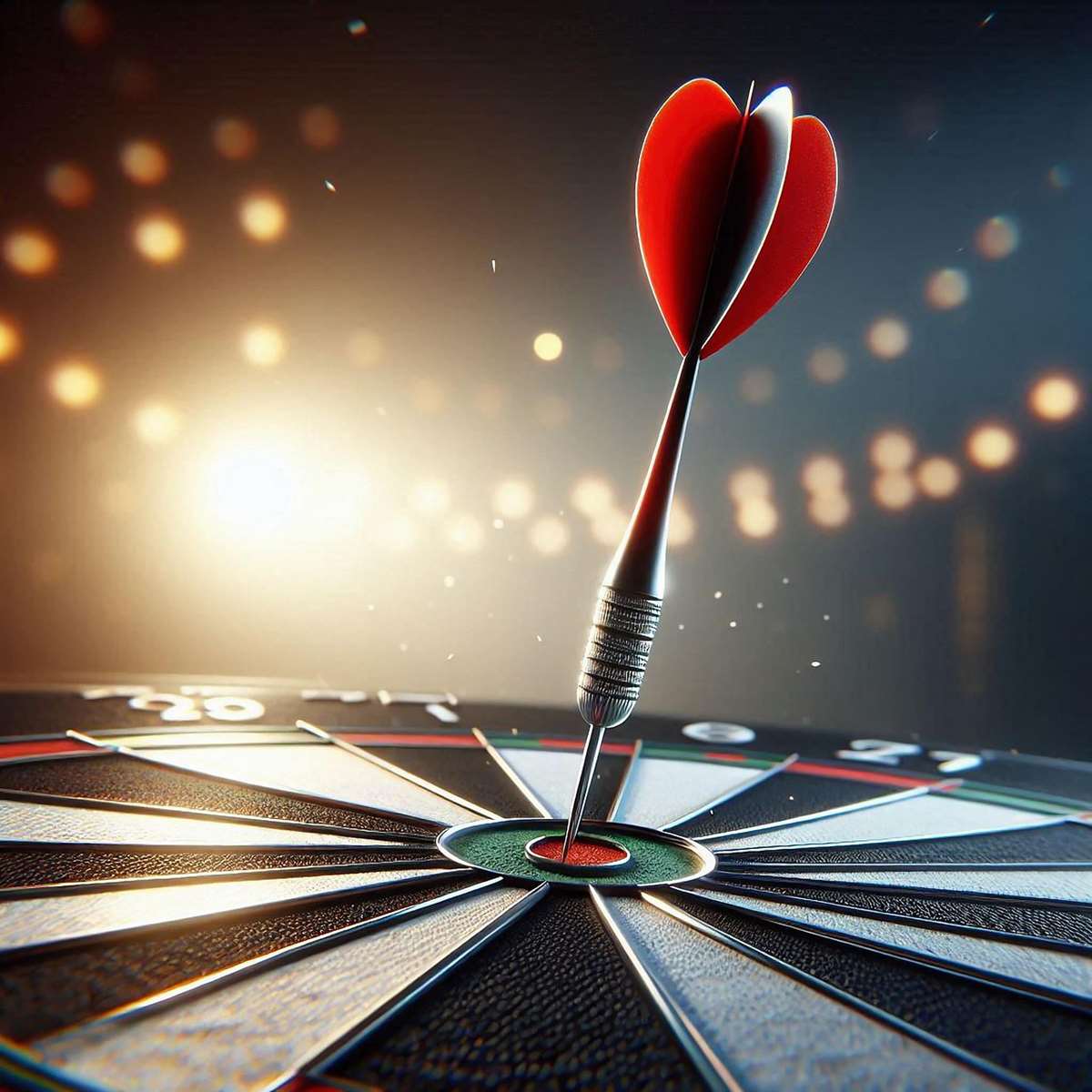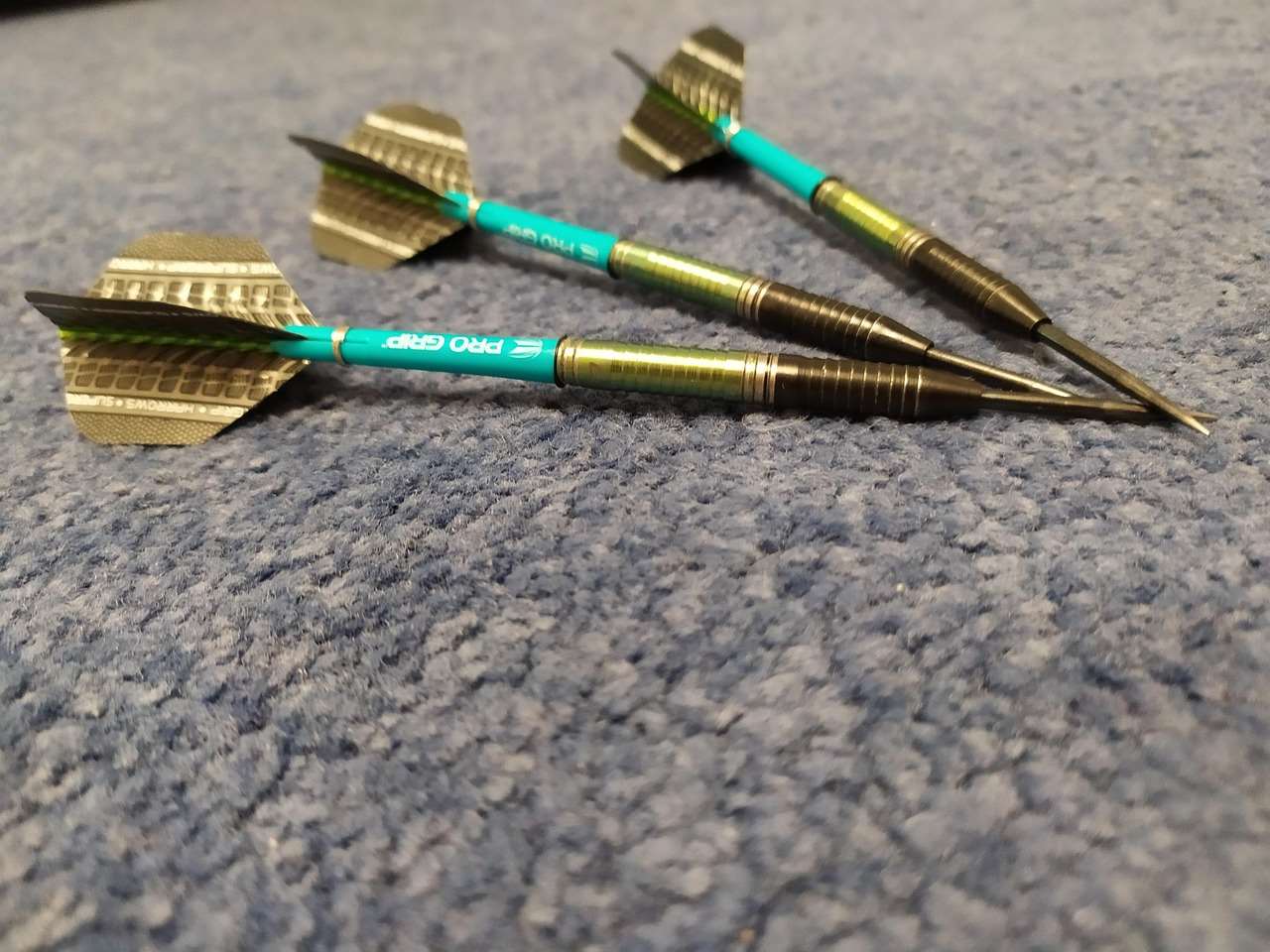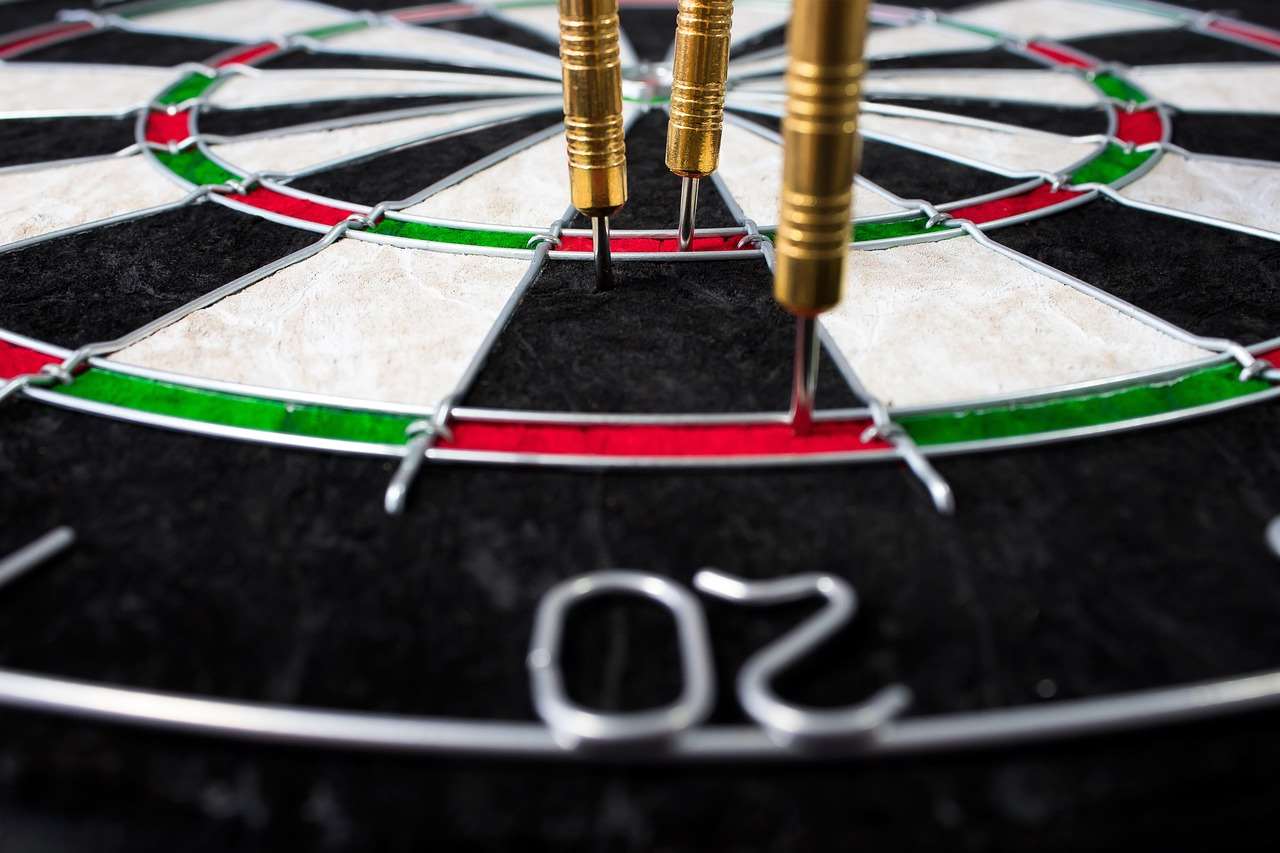The darts maximum length is 30.5 cm (12 inches), a crucial regulation ensuring fair play in both amateur and professional leagues. This article explores everything you need to know about this rule, including its rationale, how it affects dart selection, and other important dart specifications.
⚠️ Still Using Pen & Paper (or a Chalkboard)?! ⚠️
Step into the future! The Dart Counter App handles all the scoring, suggests checkouts, and tracks your stats automatically. It's easier than you think!
Try the Smart Dart Counter App FREE!Ready for an upgrade? Click above!
Understanding Darts Maximum Length and Weight
The official regulations set by organizations like the Professional Darts Corporation (PDC) and the World Darts Federation (WDF) dictate that a dart cannot exceed 30.5 cm in length. This seemingly arbitrary number is in place to maintain a level playing field, preventing players from gaining an unfair advantage by using excessively long darts.
Why is There a Maximum Length?
The purpose of a darts maximum length is multifaceted:
- Fairness: Longer darts could potentially offer a different trajectory and potentially easier aiming for some players.
- Standardization: Establishing a standardized length helps maintain consistency across competitions.
- Skill-Based Competition: The focus remains on the player’s skill and technique rather than equipment manipulation.

Darts Weight Restrictions and Balance
Alongside length, **dart weight restrictions** are equally important. The maximum weight permitted for a dart is 50 grams. However, most players use darts within the 20-26 gram range. Dart balance also significantly impacts performance, influencing how the dart flies through the air. Players often experiment with different barrel shapes and materials to find what suits their throwing style best. You can find more information on improving your game on the Automatic dart scoring app.
How Weight Affects Performance
The weight of a dart affects its trajectory and penetration into the dartboard:
- Heavier Darts: Tend to fly straighter and penetrate the board more easily, but may require more force to throw accurately.
- Lighter Darts: Can be easier to control, particularly for players with a softer throw, but may be more susceptible to air resistance.

Dart Components and Their Impact
A dart consists of four main components: the point, barrel, shaft, and flight. Each part contributes to the overall performance of the dart.
- Point: The tip of the dart that pierces the dartboard. Steel-tip darts are used for traditional dartboards, while soft-tip darts are used for electronic dartboards.
- Barrel: The main body of the dart, where the player grips it. Barrels come in various shapes, weights, and materials.
- Shaft: Connects the barrel to the flight and influences the dart’s balance and aerodynamics. Shafts are available in different lengths and materials.
- Flight: The “wings” of the dart that stabilize it during flight. Flights come in various shapes, sizes, and materials, affecting the dart’s trajectory and speed.
Choosing Darts: Length, Weight, and Grip
Selecting the right darts is a highly personal process. There is no one-size-fits-all solution. Experimentation is key to finding darts that complement your individual throwing style and grip. The darts finish table can also help improve your strategic game.
Factors to Consider When Choosing Darts
- Grip: How you hold the dart will influence the ideal barrel shape and knurling (grip pattern). Some players prefer a smooth barrel, while others prefer a more aggressive grip.
- Throwing Style: A fast, powerful throw might suit a heavier dart, while a smoother, more controlled throw might benefit from a lighter dart.
- Personal Preference: Ultimately, the best darts are the ones that feel most comfortable and allow you to throw consistently.
The Importance of Dart Maintenance
Regular dart maintenance is crucial for maintaining consistent performance and prolonging the lifespan of your darts. Here are some essential maintenance tips:
- Sharpen Your Points: Dull points can cause bounce-outs and damage your dartboard. Use a dart sharpener to keep your points sharp.
- Tighten Your Shafts: Loose shafts can affect the dart’s flight. Use a dart tool to tighten the shafts regularly.
- Replace Damaged Flights: Torn or damaged flights can significantly impact the dart’s trajectory. Replace flights as needed. Check how are dart flights made for the different materials used.
- Clean Your Barrels: Dirt and grime can accumulate on the barrels, affecting your grip. Use a mild detergent and a soft cloth to clean your barrels periodically.
Beyond Darts Maximum Length: Other Considerations
While darts maximum length is a key specification, several other factors influence a player’s performance and enjoyment of the game. These include the dartboard itself, the lighting, and the overall setup of the playing area. Considering a darts game room can enhance the experience.
Dartboard Setup
Setting up your dartboard correctly is essential for fair play and accurate scoring. The official height of the dartboard is 5 feet 8 inches (1.73 meters) from the floor to the center of the bullseye. The oche (throwing line) should be 7 feet 9.25 inches (2.37 meters) from the face of the dartboard. Ensure the dartboard is well-lit to minimize shadows and improve visibility.

Regulations and Professional Play
In professional darts, strict adherence to regulations is paramount. Referees meticulously inspect darts to ensure they comply with all specifications, including the darts maximum length and weight restrictions. Any violation of these rules can result in disqualification.
Consequences of Non-Compliance
Using darts that exceed the maximum length or weight limits can lead to serious consequences in professional tournaments:
- Disqualification: The player may be disqualified from the match or tournament.
- Forfeiture of Points: Any points scored with the illegal darts may be forfeited.
- Damage to Reputation: Using illegal equipment can damage a player’s reputation and credibility.
It’s also important to consider that regulations may differ slightly across various leagues and organizations, so always check the specific rules of the competition you are participating in.

Conclusion: Mastering Your Darts Game
Understanding the darts maximum length and other regulations is fundamental to playing fair and enjoying the game. While the legal limits ensure a level playing field, selecting darts that suit your individual style and consistently maintaining them are also crucial elements of success. Experiment with different weights, shapes, and materials to find the perfect fit, and always adhere to the rules to avoid penalties. Now that you know about the darts maximum length, you can continue to refine your skills and elevate your dart game!
Hi, I’m Dieter, and I created Dartcounter (Dartcounterapp.com). My motivation wasn’t being a darts expert – quite the opposite! When I first started playing, I loved the game but found keeping accurate scores and tracking stats difficult and distracting.
I figured I couldn’t be the only one struggling with this. So, I decided to build a solution: an easy-to-use application that everyone, no matter their experience level, could use to manage scoring effortlessly.
My goal for Dartcounter was simple: let the app handle the numbers – the scoring, the averages, the stats, even checkout suggestions – so players could focus purely on their throw and enjoying the game. It began as a way to solve my own beginner’s problem, and I’m thrilled it has grown into a helpful tool for the wider darts community.